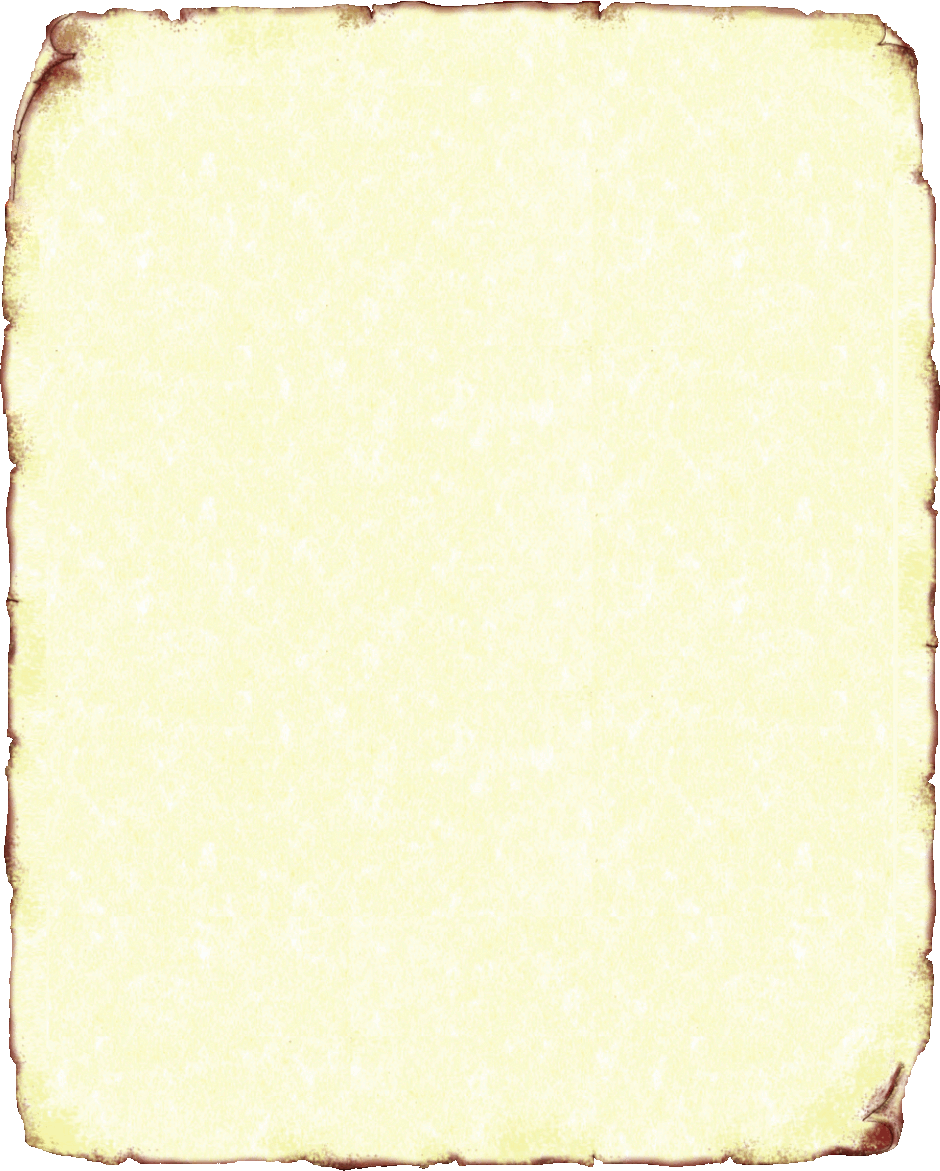
Shaolin Hung Mei Theory
Most Teachers of truly traditional Chinese martial practices consider the training of skills without gaining knowledge as “empty”. Understanding the basis – the theories and philosophies - underlying the training not only brings out the depth of the practice but results in an understanding which translates to enhanced results. Much of the content of Chinese martial practices stems from its integration of Chinese medicinal studies and is rich with such ideas as “Yin/Yang” Theory, “5 Element Theory” (see Theory of Wu Hang), Qi Gong practices and much more. In addition, while many principles are shared, different systems of Chinese martial arts teach philosophies, theories, concepts and methods which are particular to the specific style.
| Theory of Wu Hang | Theory of the Ba Qua |
| 6 Types of Power | 8 Methods for Generating Power |
| 5 Requirements for Tao Lu |
The Shaolin monks, who practiced martial arts at their Monastery in Henan, China 1500 years ago, could not have imagined that their “Kung Fu” skills will one day be taught by a “Shifu” (master/teacher) in the university town of Boulder, Colorado some 10,000 miles away.
Rita Liu - Founder of Asian-Pacific Association of Longmont (A-PAL)(see Testimonials)
